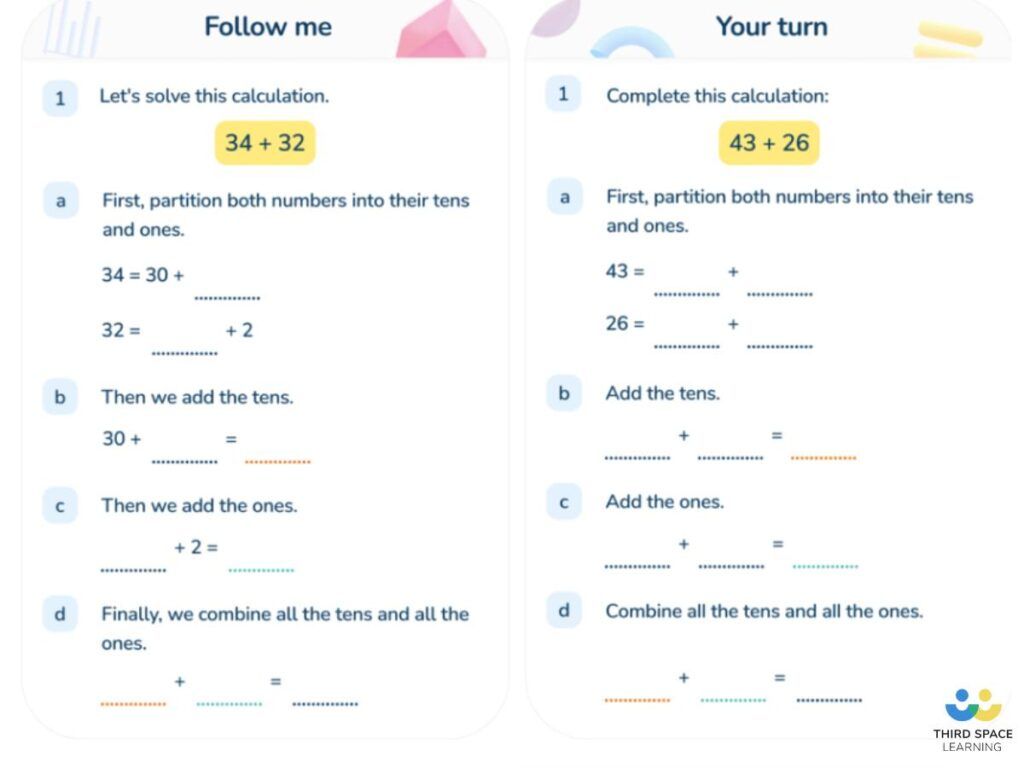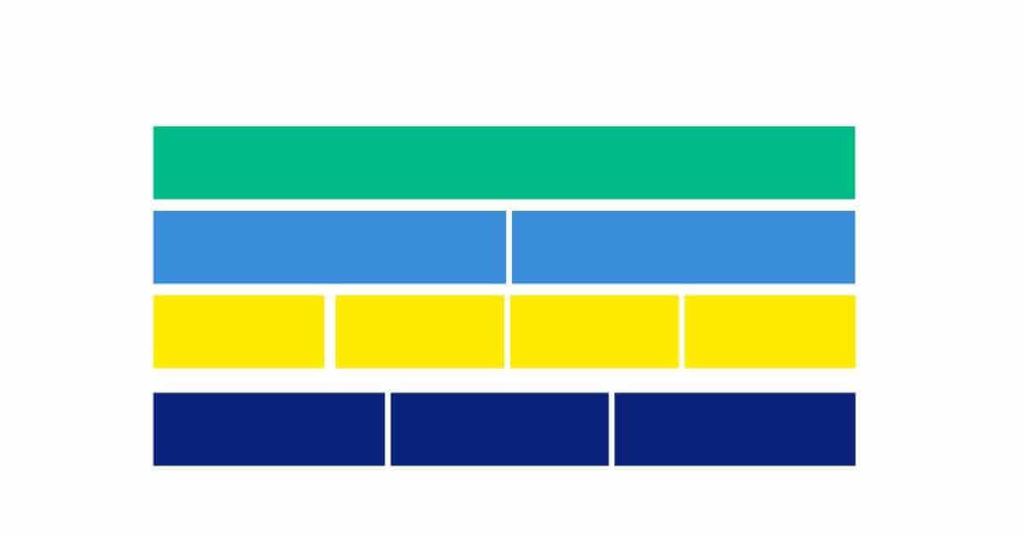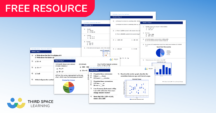Teaching Year 3 Mental Maths: Expanding and Applying Number Facts
Year 3 mental maths will continue to consolidate and build on number facts learnt in Key Stage 1. As children enter KS2 maths they should already have some secure mental maths skills which they can apply to simple maths problems.
Understanding of place value becomes increasingly important as Year 3 pupils are expecting to manipulate bigger numbers in mental maths and apply their known number bond facts to more complex problems involving 3 digit numbers. Year 3 children will be using the four number operations – addition, subtraction, multiplication and division – and applying them, including working out which operation to use in missing number/operation problems.
What the national curriculum says about Year 3 mental maths
“The principal focus of mathematics teaching in lower key stage 2 is to ensure that pupils become increasingly fluent with whole numbers and the four operations, including number facts and the concept of place value. This should ensure that pupils develop efficient written and mental methods and perform calculations accurately with increasingly large whole numbers”.
Pupils should be taught to add and subtract numbers mentally, including: a three-digit number and ones; a three-digit number and tens; and a three-digit number and hundreds. They will also be learning more times tables. Some of these multiplication facts will also start to be used in division and an understanding of basic fractions.
Fluent in Five Years 1-6 (Weeks 1-6)
Download this free resource pack of daily mental maths questions for KS1 and KS2.
Download Free Now!Recommended mental maths skills to teach in Year 3
Together with the 1-12 x multiplication and division facts and basic addition facts, children should be able to answer the following Year 3 mental maths questions:
- Addition and subtraction of multiples of 10 where the answer is between 0 and 100 (e.g. 70 + 30 = 100, 20 + 40 = 60)
- Double and halves of multiples of 10 to 100 (e.g. double 60 = 120)
- Multiplying two-digit numbers by 10. (e.g. 24 x 10 = 240)
- Recall and use multiplication and division facts for the 3, 4 and 8 multiplication tables
Year 3 mental maths: place value
Understanding place value in KS2 is vital and helps children to really understand numbers and mathematical facts.
For some children it may take a while for the understanding to “click” into place and manipulatives can help a lot with this. Our place value concertina, for example, is free to download, easy for children to make for themselves and effective in demonstrating place value.
Teaching resources such as these can help to visualise the numbers in multiple ways and this will support children of all abilities when it comes to the rapid recall needed when applying to problem solving.
Place value games can also be used to revisit the topic without it seeming like a chore. Repetition is an effective way of making sure knowledge is embedded.
Year 3 mental maths: addition and subtraction
Addition and subtraction happens naturally for children to an extent as they will learn even as toddlers that they want “more” i.e. one more sweet after dinner. They also learn what happens when toys are “taken away” from them. In Key Stage 1 they will have built on these rudimentary understandings of the principles of addition and subtraction to apply this to multiple contexts.
In Year 3 they will be introduced to more formal written methods, for adding to 3 digit numbers, for example, so their mental maths strategies will also help them when checking their answers.

Year 3 mental maths: multiplication and division
By the end of year 3 children should know their 3, 4 and 8 times tables – as well as the 2, 5 and 10 times tables which should have been secured by the end of Year 2.
It is important to check regularly that this information is not only being retained in rote fashion – i.e. can be repeated in the times table format – but that they can demonstrate understanding of each of the tables. This may include them showing, using physical objects or pictorial representations, alongside repeating the facts.
Install recall is important, and for this some rote learning will no doubt be included, but it should not come in the absence of solid understanding of the concepts at play.
Third Space Learning offers one-to-one online tuition designed to help pupils gain confidence and fluency in maths. Our tutoring sessions are specific to each child, focussing on the concepts and areas where they may need additional support.
Year 3 mental maths: fractions, percentages and decimals
Fractions in KS2 usually start with physical objects. You may use Cuisenaire rods to show how one 10 is split into 10 equal parts. Early examples may also include cutting paper plates into fractions, to mimic cutting a pizza or cake.

It is vital that they understand the importance of equal sharing – and for this sharing of a cake is a good example. This can then extend into multiple items such as sharing sweets out although this comparison to division and sharing must be handled carefully so as not to add new misconceptions.
Children do not yet need to tackle decimals and percentages but a solid understanding of fractions in Year 3 will help them to more quickly understand how this later relates to decimals and percentages.
The importance of mental maths skills in Year 3 problem solving
Formal mental maths tests may not be used a lot yet in all schools, and the Year 6 SATs are still a long way off. However, concepts learnt in Year 3 maths will form the foundation for the end of primary school arithmetic tests, as well as prepare children for secondary school maths expectations.
In Year 3 pupils are tackling 2-step maths word problems and applying their mental maths skills to help to solve them. Mental maths will help them to a) answer questions quickly and b) show them how those mental maths skills apply to real life situations.
Without the maths understanding and solid skills children may struggle to understand what the problem is asking of them. If they lack, for example, the knowledge of times tables and how that relates to division, then they may struggle to answer a question which asks them to share sweets between friends. They will also find it harder to check that their answer is accurate.
Year 3 mental maths challenges
In Year 3 any mental maths challenges should aim to build on, and extend the secured number facts across all four operations. However, we should bear in mind that children may not be fluent readers yet and must therefore make sure that reading level does not impede their progression in maths.
Including visuals such as pictures, or using manipulatives such as base 10 or Cuisenaire rods, will help to ensure no child is hindered in maths by their reading skills. Consider verbal challenges given during whole class carpet sessions, or as part of working with a group.
In Year 3 you will hope to see children noticing patterns and making links in their learning. Maths challenges with number sequences are great for helping them to recall multiplication tables as well as known numbers bonds. As a quick start to each maths lesson put a sequence on the board with a missing number and they can start to solve that as they get settled in for the lesson. Ask them to suggest what the missing number is and ask other children to check if they are right, and test out the “theory” of their answer – this also starts to embed the methods of checking and proving their mathematical reasoning. As they get confident you can start to increase the difficulty of the sequence and leave more than 1 number missing. You might also want to experiment with shape sequences, and then move to have shapes with different shaded fractions to increase difficulty.
Maths activities and games may also form part of your repertoire of maths challenges to test and encourage recall of known facts. Quizzes which are more “fun” versions of mental maths tests can also help to give the right level of challenge, although you may wish to consider the level of support available if giving the same quiz to the whole class.
Year 3 mental maths resources
The Third Space Learning maths hub provides a wide variety of maths resources, including mental maths worksheets, mental maths games, test questions and question powerpoints for every year group.
A plethora of free teaching resources are also available. Check out some of our most popular resources and expand your class’ mental maths skills:
DO YOU HAVE STUDENTS WHO NEED MORE SUPPORT IN MATHS?
Every week Third Space Learning’s specialist online maths tutors support thousands of students across hundreds of schools with weekly online 1 to 1 maths lessons designed to plug gaps and boost progress.
Since 2013 these personalised one to one lessons have helped over 150,000 primary and secondary students become more confident, able mathematicians.
Learn how the programmes are aligned to maths mastery teaching or request a personalised quote for your school to speak to us about your school’s needs and how we can help.




